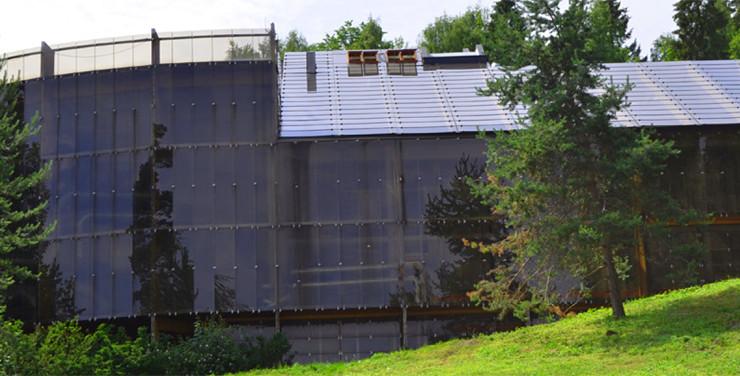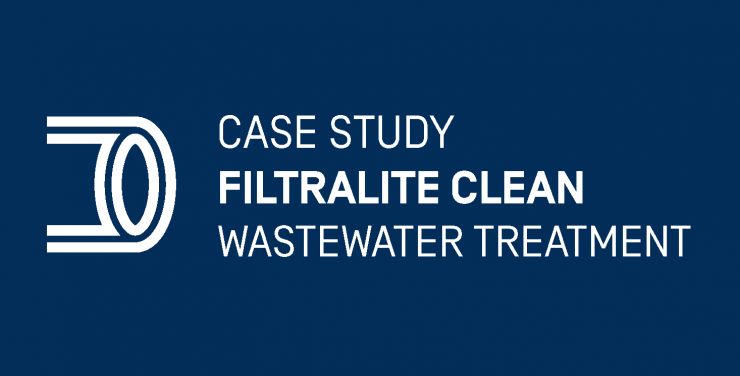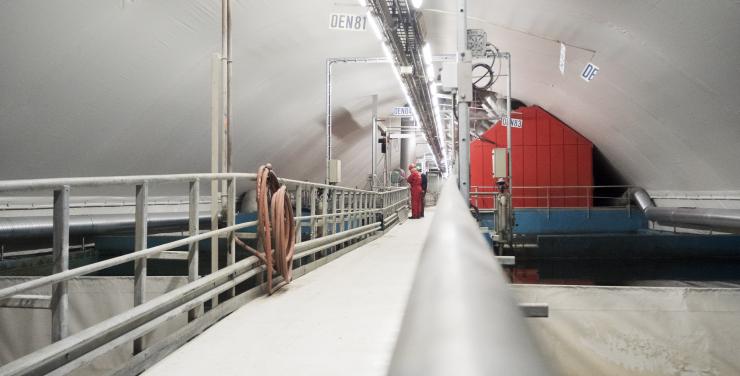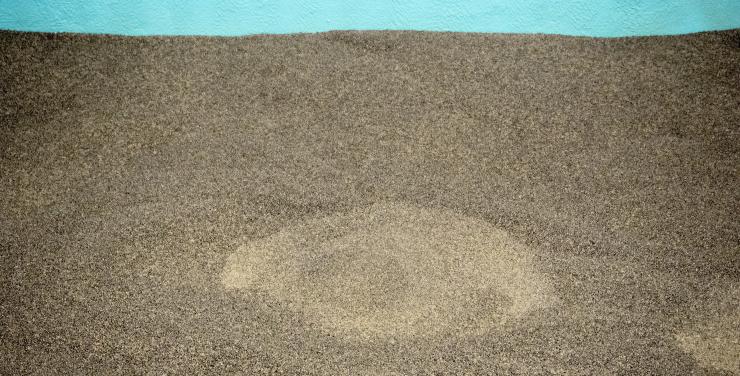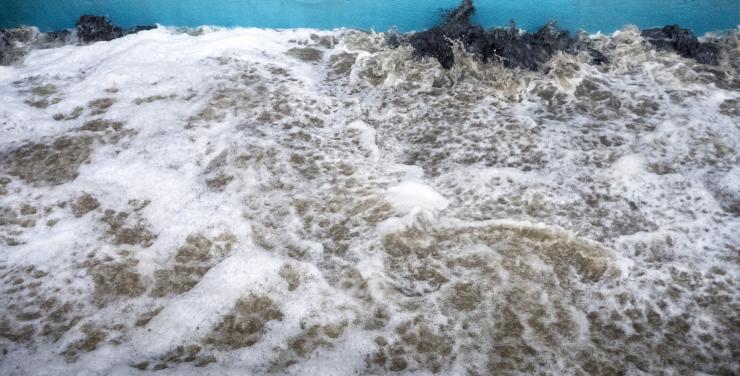Vestfjorden (NO) Wastewater Treatment Plant (Veas)
Øystein Moursund Advisor of Veas
Filtralite®, an extremely durable media for biofilters
In Norway’s largest wastewater treatment plant, VEAS in Oslo, Filtralite filter media has proven extremely durable as both bio substrate and filtering medium. After 25 years of operation with daily backwashing, there is no need for replenishing.
Treating an annual volume of 100 million m3, removal of nitrogen is a major objective for VEAS treatment plant. Filtralite filter media plays a leading role in the nitrification and de-nitrification processes. These two steps of bio filters work downstream of chemical flocculation with sedimentation.
The unique biofiltering process consists of eight «nitrification» bio-filters, each followed by «de-nitrification» bio filters. The nitrification step is an aerobic bio filter which consume dissolved organics, which are converted to sludge, carbon-dioxide and nitrate. The substrate is Filtralite Clean HC 2,5-5 (crushed aggregates).
In the next anaerobic bio filters, the nitrates are converted to nitrogen gas. In this process, Filtralite Clean HR 3-6 (round material) acts both as substrate and filtering medium.
Porosity explains Filtralite® media performances for wastewater treatment
Filtralite Clean media were designed especially for VEAS by Norwegian researchers, trying to imitate and multiply natural processes. The special porosity of expanded clay enables the bio filters both to host bacteria and act as filter at the same time, explains senior advisor Øystein Moursund of Veas.
All filters are backwashed daily and the sludge goes to processing and agricultural uses. VEAS has increased its capacity with more filters of the same kind to keep up with an increasing load.
It is the porous nature of Filtralite that enables the dual function, working both as a particle trap and housing bacteria inside the pores maintaining a robust bio culture.
Click here for a recent article about Filtralite at Veas.
